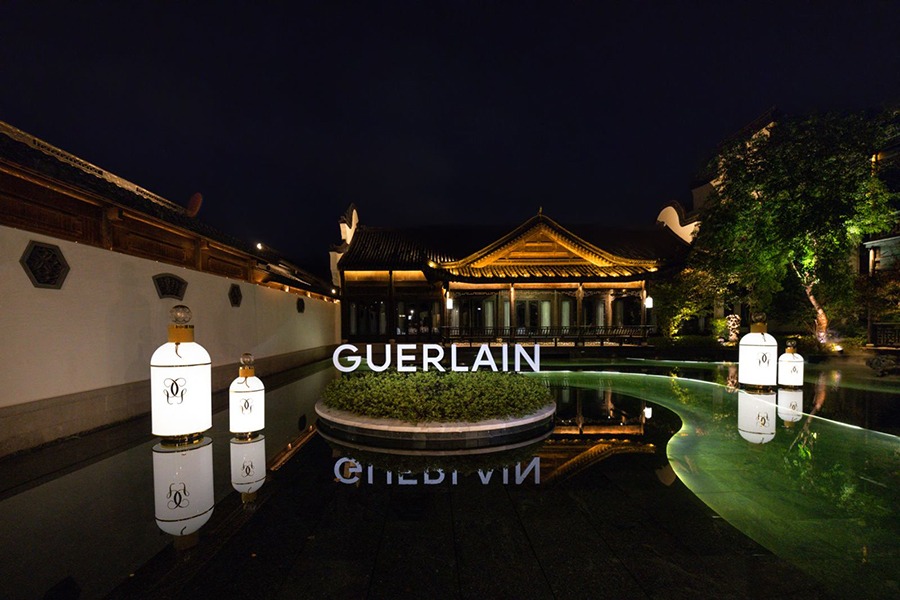Green arteries channel change in lifestyles

When I was a little boy, my parents and I would sometimes visit Glasgow, which was the nearest city to my hometown. My parents would often remark how much the city had changed between each of our visits.
We didn't visit Glasgow very often, maybe four or five times a year, so the "changes" they would point out, such as new buildings under construction, were actually not that remarkable as they were just part and parcel of the city's regular development: particularly in the 1970s and early 1980s, when Glasgow was undergoing the most rapid phase of its postwar redevelopment.
This was a time when a great deal of the substandard housing in the city was being demolished, a new road network was being built in the city and Glasgow's antiquated subway system from the late 19th century was being modernized.
Actually, a lot of the "changes "that my parents noticed were based on them comparing the city with the area in which they lived in the 1950s and 1960s.
So, when we notice "change", it's actually a relative concept.
Living in Beijing, the pace of change is not one that is measured in years or decades, it can often be measured in months.
A recent example of this change, and yet another measure which has been taken in recent years to make Beijing a better city to live in, has been the introduction of "greenways "throughout many parts of the city.
These "greenways" are like green arteries running through the city, allowing residents to get more exercise to benefit their own health and also provide an opportunity for them to pursue a more carbon-free lifestyle. In addition, these "greenways" also live up to their name by greening more of the city with much-needed trees and vegetation.
The most outstanding example is the "Beijing Greenway", a large part of which runs adjacent to the ancient city moat nearby the Second Ring Road. This wonderful "narrow park "not only offers ample opportunities for walking and cycling, but is also dotted with numerous areas for seating and exercise.
It gives a whole new perspective on the city, and allows its residents to shed the feeling of constantly being in an urban space dominated by large buildings and automobiles.
The "Beijing Greenway" has been hailed as "a model that should be considered in car-centric cities, to embrace a more people and environmentally friendly way forward for city planning" by the Australia-based Town Planning Group, which said it is "one of the exciting projects from a people perspective, in an increasingly car-dominated city".
As I said, change is something that happens quite rapidly in Beijing, so it was only within the space of a couple of months that I noticed such a change with the appearance of another "green artery", the "Chaoyang Greenway". So far, it covers a distance of around 10 kilometers in Beijing's Chaoyang district from Lishuiqiao in the north, to Wanghe Park at its southern end. This combined walking and cycling path is a new and welcome addition and provides yet another "green artery" to help Beijing become a greener and better place to live in.
Contact the writer at ian@chinadaily.com.cn




































